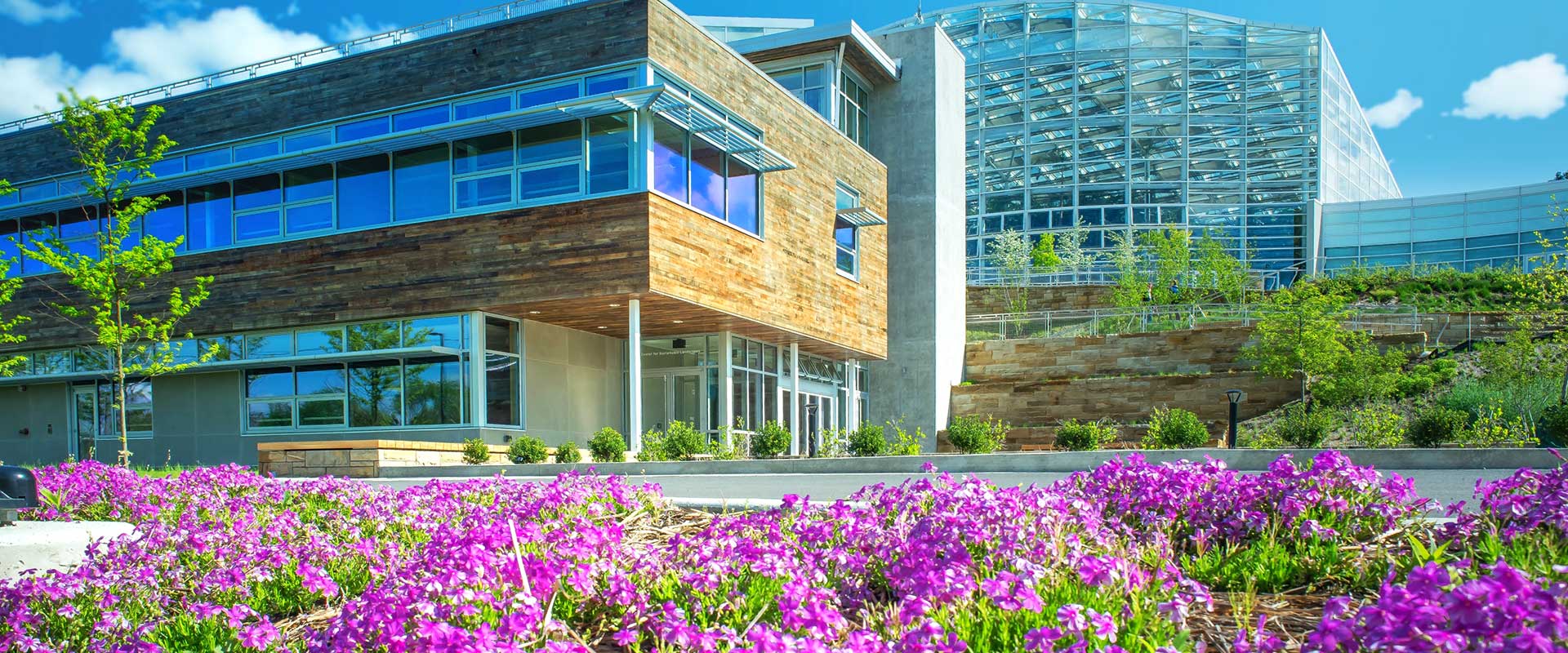“Our purpose is to reconnect communities with the power and the value of nature—for the future of our collective wellbeing and the health of our planet.” – Richard Piacentini, President and CEO, Phipps Conservatory
While Phipps Conservatory and Botanical Gardens may be based in Pittsburgh, Pennsylvania, its vision and mission are global.
Close to home, Phipps connects its 500,000 annual visitors to nature, based on its foundational belief that human and environmental health are connected. The organization educates students and adults alike about ways to address climate change and encourages visitors to take advantage of its “Easy Steps with Big Impact for Climate Change” that provide a road map for how each of us can make a difference. Its Center for Sustainable Landscapes is one of the greenest buildings in the world in terms of both environmental and human wellness, and is the only building to meet six of the highest green certifications.
In the community, Phipps aims to expand its sustainable message beyond its gardens, providing outreach programs that focus on human and environmental health to help the broader community live in greater harmony with nature.
Recently, Phipps developed the Climate Toolkit for museums, botanical gardens and zoos that want to manage climate change aggressively within their organizations and as leaders in their communities. The Climate Toolkit—which encourages collaboration among its members and transparency with the public— establishes goals across nine focus areas: energy, water, food service, transportation, waste, landscapes and horticulture, investments, internal and external engagement, and research. Currently, more than 50 institutions serving over 40 million annual visitors have joined the Climate Toolkit.
In the focus area of investments, Phipps is a leader. More than 20 years ago, the organization decided that its buildings, programs and operations should reflect its values. Over time, Phipps realized that its investment portfolio needed to do the same—but, according to Richard Piacentini, Phipps’ President and CEO: “It was not a decision without challenges nor one that we made lightly. Our board was concerned about potential impacts to the endowment’s performance as fiduciaries, and they worried about how our community, which has long ties to coal mining and natural gas extraction, might react.” Phipps searched for a new investment manager who could help design and implement a socially responsible investment strategy and turned to the Brown Advisory team, led by James Stierhoff. In the end, Phipps received no negative feedback from donors or the public, and its portfolio returns have remained strong. “First,” says Piacentini, “we determined that the primary fiduciary responsibility of the board was to ensure that Phipps’ investments support the institution’s mission. Then we realized that we did not have to make a trade-off: We can invest in accordance with our values without sacrificing performance.”
